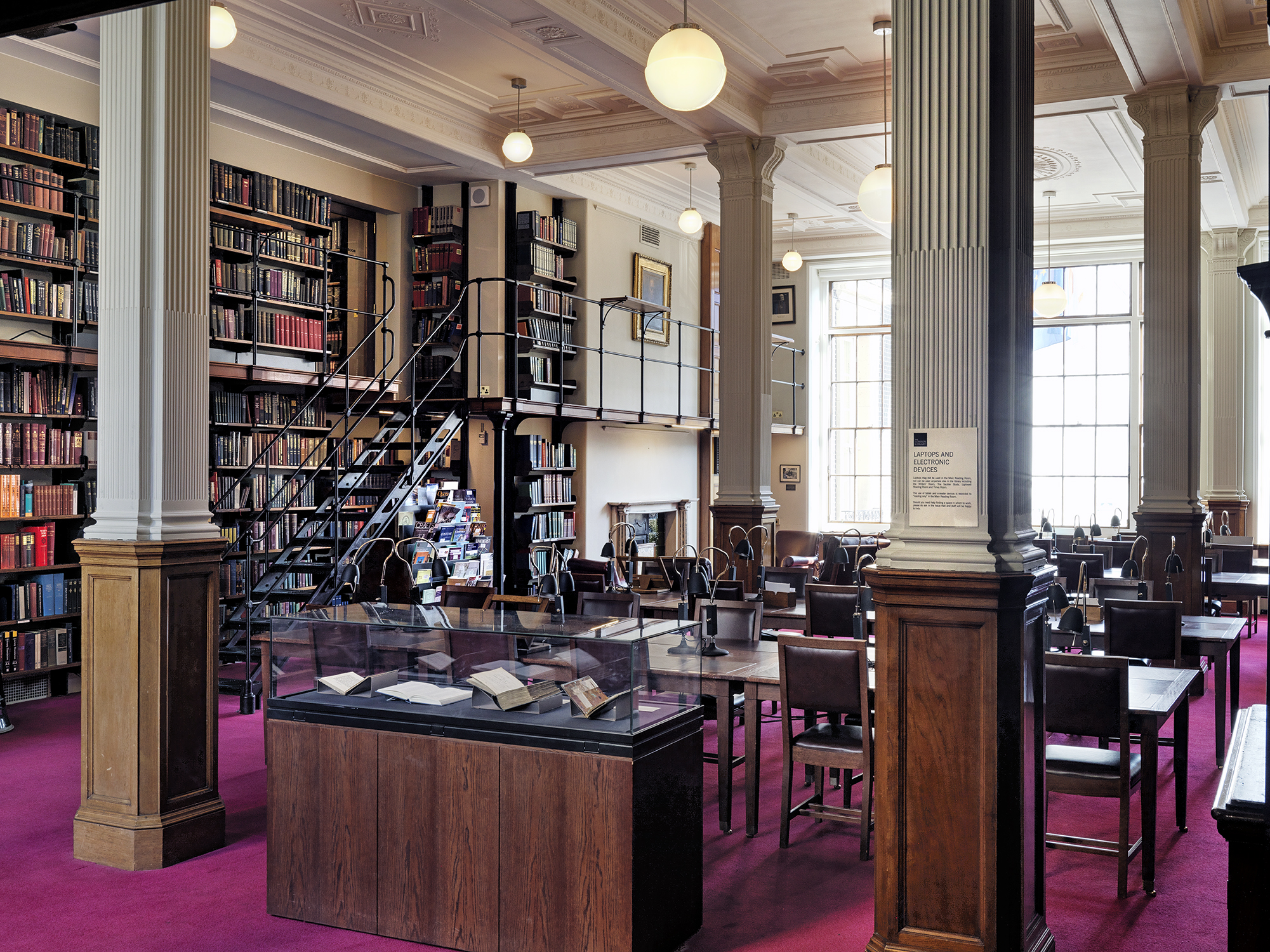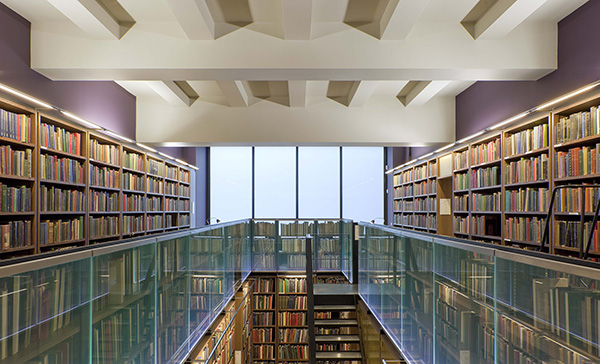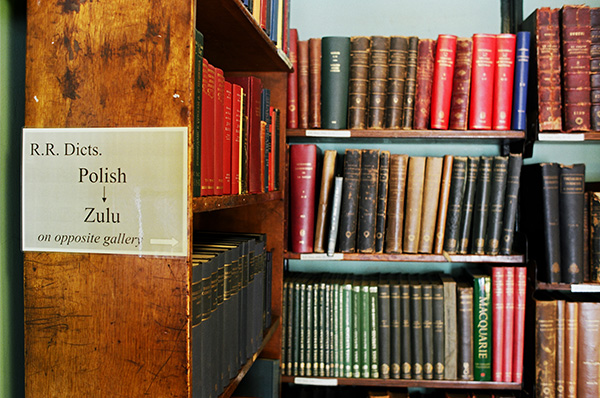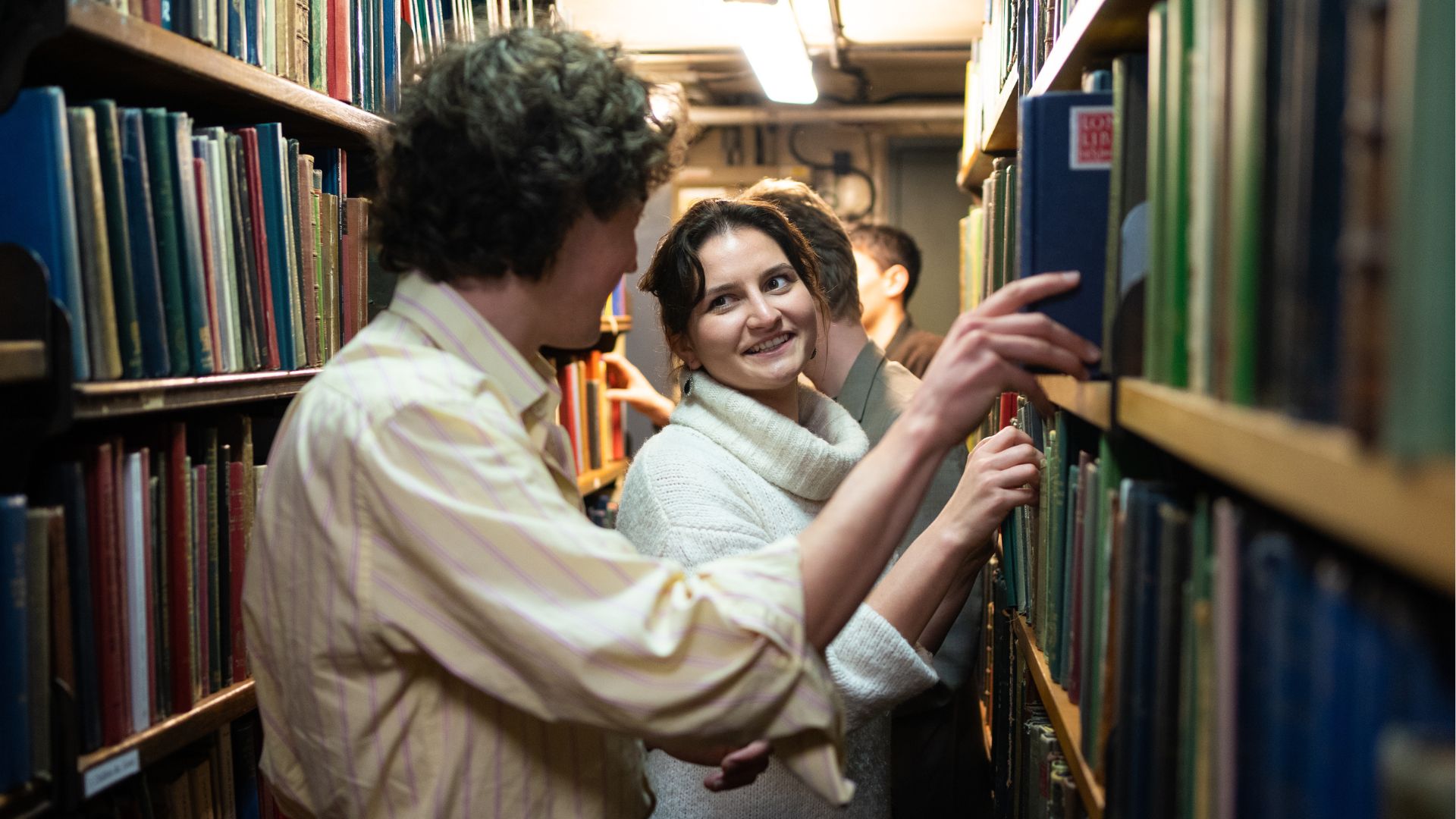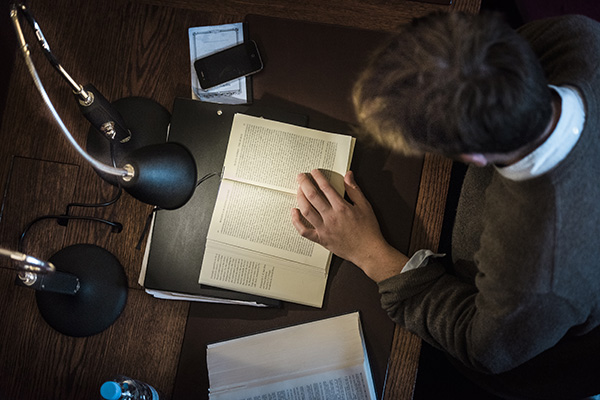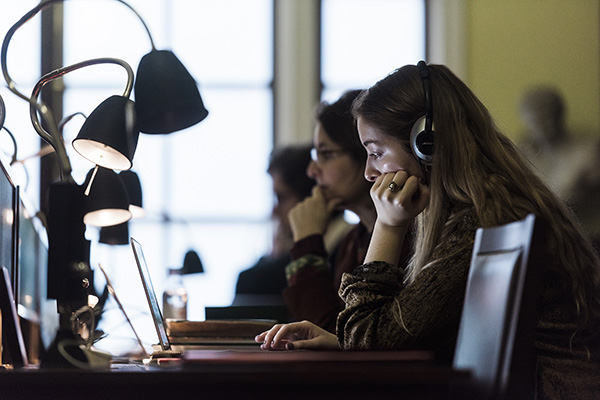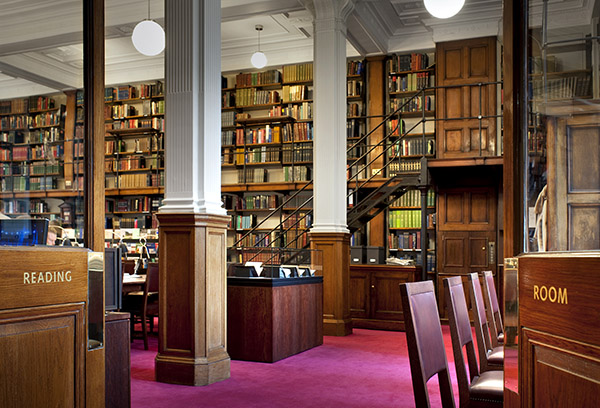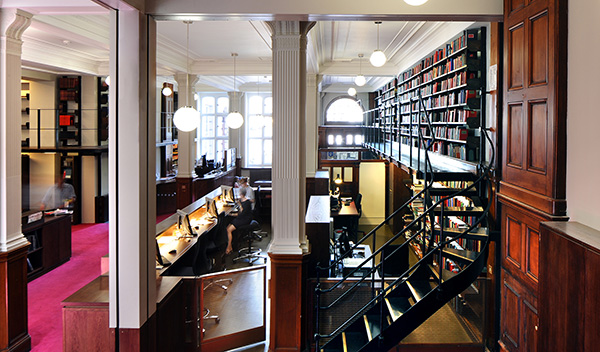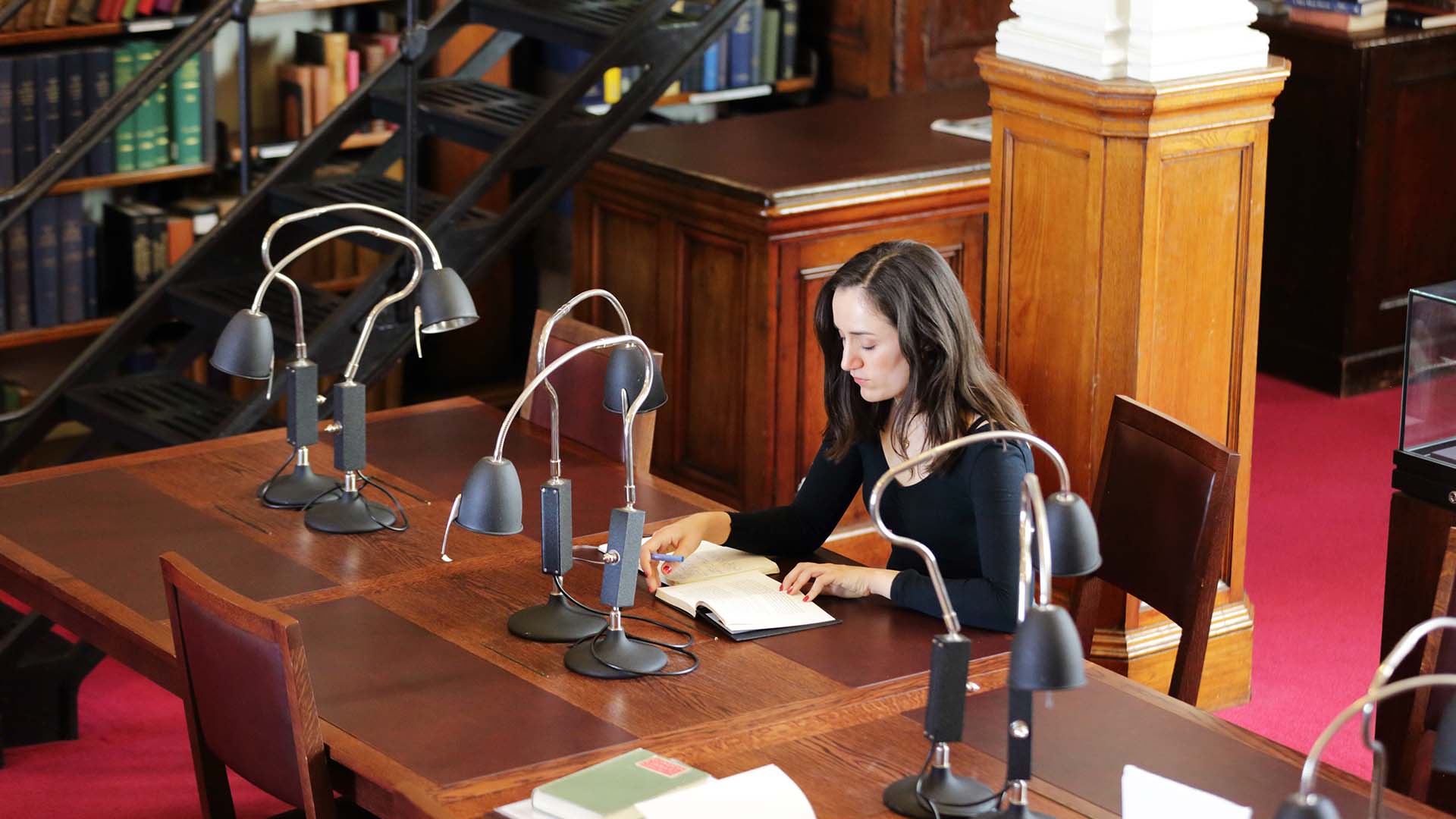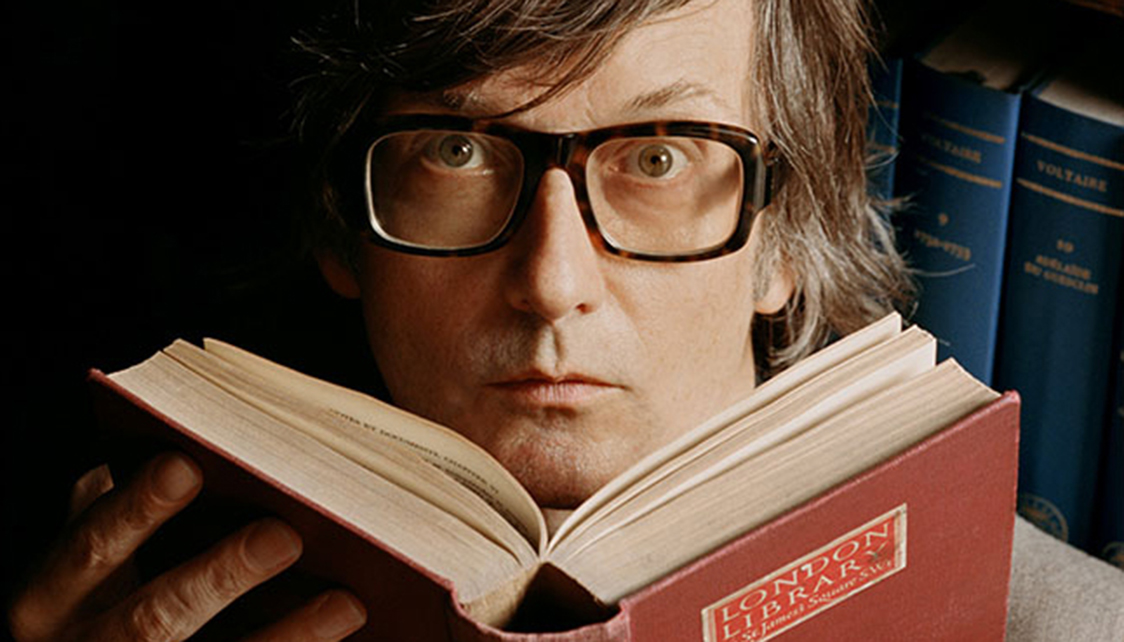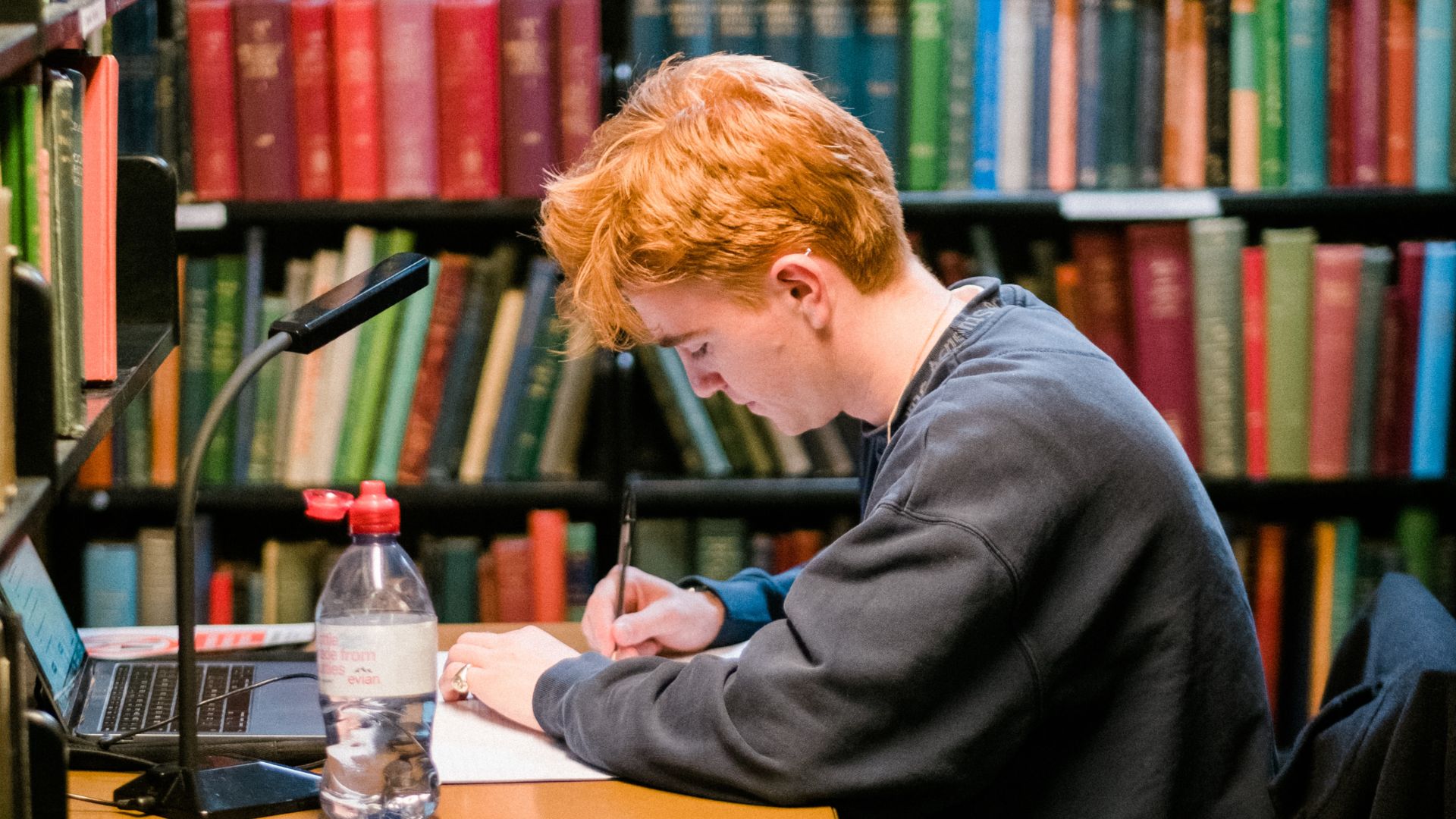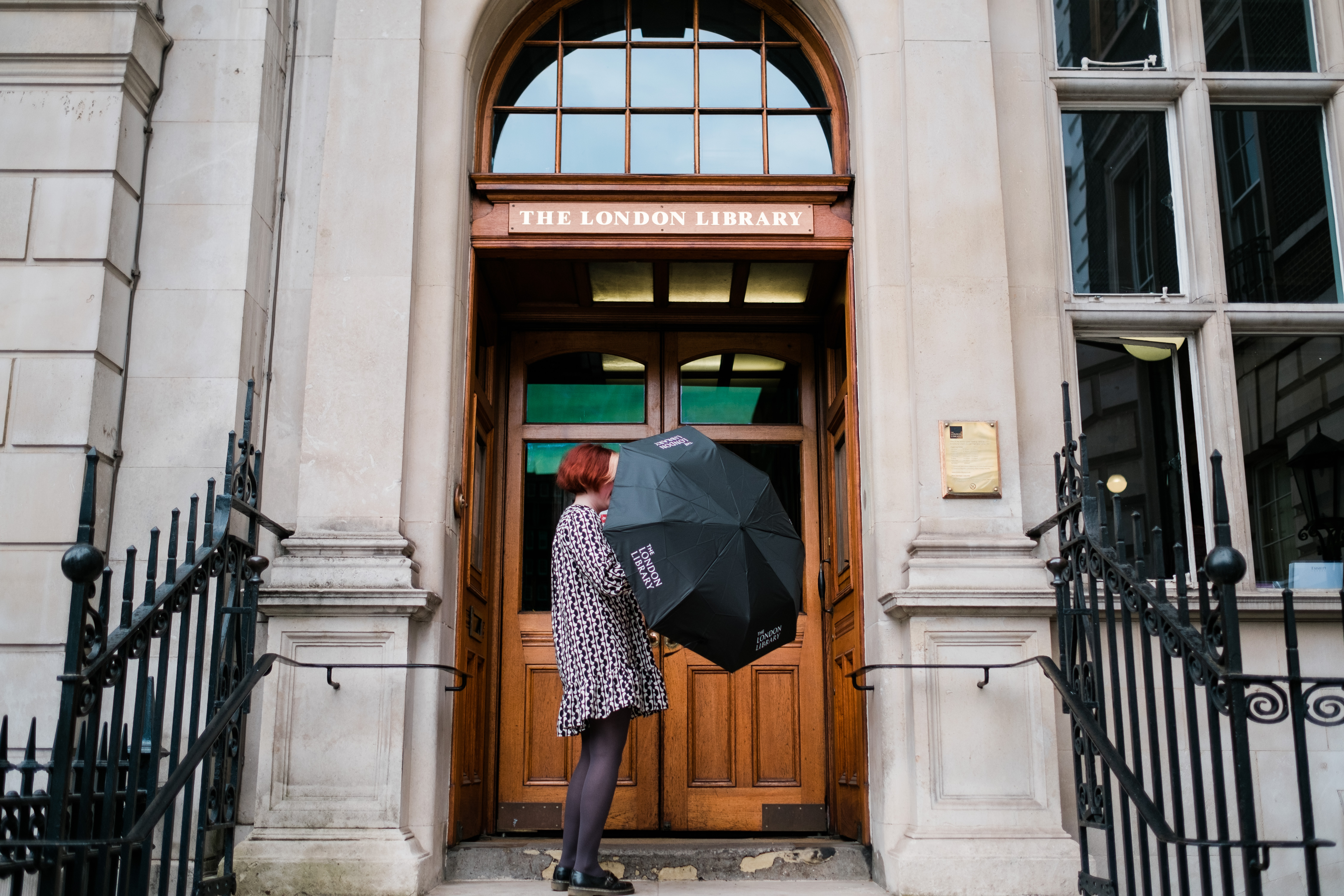As we commemorate the legacy of Charles Dickens - who died 150 years ago on 9th June 1870 - we’ve been digging through the archives, finding some of the remarkable associations Dickens and his close circle had with the Library in its early years.
Dickens was a Founder Member of the Library - one of the 500 who in 1840 answered Thomas Carlyle’s call to help fund a lending library in the capital. By that time he was emerging as a major literary name, having written five bestsellers in book and serial form in the space of just four years - Sketches by Boz (1836), Pickwick Papers(1836-37), Oliver Twist (1837-39), Nicholas Nickleby (1838-39) and The Old Curiosity Shop (1840-41). His name appears on the Committee running the Library between 1846-47 and he may well have been a full Committee member before that.
What may have spurred Dickens’ involvement in the early story of the Library is the fact that among the 528 Founder Members are some of his closest friends and associates, including perhaps the most important person in Dickens’ life - John Forster.
John Forster
Forster was Dickens’ lifelong friend, a major influence throughout his career and godparent to Dickens’s first daughter. He was also central to the Library’s foundation, devising and promoting the original subscription scheme and working tirelessly as one of the original Committee members running the Library when it was first established.
Forster’s literary importance was built on his role as Literary Editor (and subsequently Editor) at The Examiner. It was there, in 1835, when he first met Dickens (as serialisations of Sketches by Boz were beginning to appear) and he rapidly assumed the role of Dickens’ unofficial business manager, negotiating publishing contracts, advising on plots (the death of Little Nell was at his suggestion) and reading all Dickens’ proofs. In later years, Forster wrote a major biography of Dickens and claimed that, “There was nothing written by him... which I did not see before the world did, either in manuscript or proof”.
William Macready
William Macready is another of Dickens’ close associates who joined the Library as a Founder Member. The 44 year old actor was first introduced to the 25 year old author in 1837 by John Forster after a theatre performance in Covent Garden. The pair became firm friends. Nicholas Nickleby (1838) was dedicated to Macready who became godparent to Dickens’ third child the following year. Macready then had a key role to play in the Dickens’ family in 1842, helping look after their three children when Dickens and his wife Catherine went on a gruelling six month tour of the USA.
George Cattermole
George Cattermole was the illustrator of The Old Curiosity Shop and Barnaby Rudge which were published in book form in 1841 and 1842 respectively. Cattermole worked closely with Dickens throughout 1840-41 when these works were being serialised in instalments in the Dickens publication Master Humphrey’s Clock. During that period Cattermole joined The London Library as a Founder Member.
Daniel Maclise
Painter Daniel Maclise also became a London Library Founder Member in 1840. He had been a firm friend of Dickens and Forster since the late 1830s and in 1839 painted one of the most famous of the known Dickens portraits (shown above) - commissioned by Chapman & Hall and exhibited to acclaim at the Royal Academy in 1840.
Thomas Carlyle
The Library’s founder Thomas Carlyle had made his name with the publication of The History of the French Revolution in 1837. Dickens first met Carlyle at a dinner given three years later, when Carlyle was first hatching his Library plans. The pair admired each others’ work and shared social circles, not least because Carlyle was also a close friend of John Forster. Dickens dedicated Hard Times (1854) to Carlyle and A Tale of Two Cities (1859) was inspired by Carlyle’s History of the French Revolution. Indeed, it was partly researched under Carlyle’s guidance - Carlyle personally selected a number of London Library books on the French Revolution and sent them over to Dickens’ house in a cart. It is very likely that several books we still have on our shelves - and which have been there since the day the Library first opened its doors - were among them.
Thomas Talfourd MP
Dickens dedicated Pickwick Papers to Thomas Talfourd in 1837 having been introduced to the Liberal MP earlier that year by John Forster. Talfourd is another member of the Dickens/Forster circle who joined the Library as a Founder Member in 1840.
Edward Chapman and William Hall
From 1837, alongside his role as Literary Editor on The Examiner and Dickens’ unofficial business manager - John Forster also worked as chief literary adviser for publisher Chapman & Hall. Chapman and Hall had signed up Dickens for early sketches for Pickwick Papers the year before and would remain his publisher for over 20 years, publishing most of his works during that period. Edward Chapman and William Hall both joined The London Library as Founder Members in 1840.
Carlyle’s vision of a lending library in London came to fruition through the dedication and support of a group of figures whose early commitment helped the Library open its doors on 3rd May 1841. The list of those Founder Members shows that Charles Dickens and his most intimate circle - with John Forster at the centre of it - were a vital part of that story.


